Pin-tailed Sandgrouses (Pterocles alchata) are fascinating birds with unusual adaptations and distinctive appearances. This bird thrives in some of Earth’s harshest conditions in southern Europe, North Africa, and Asia.

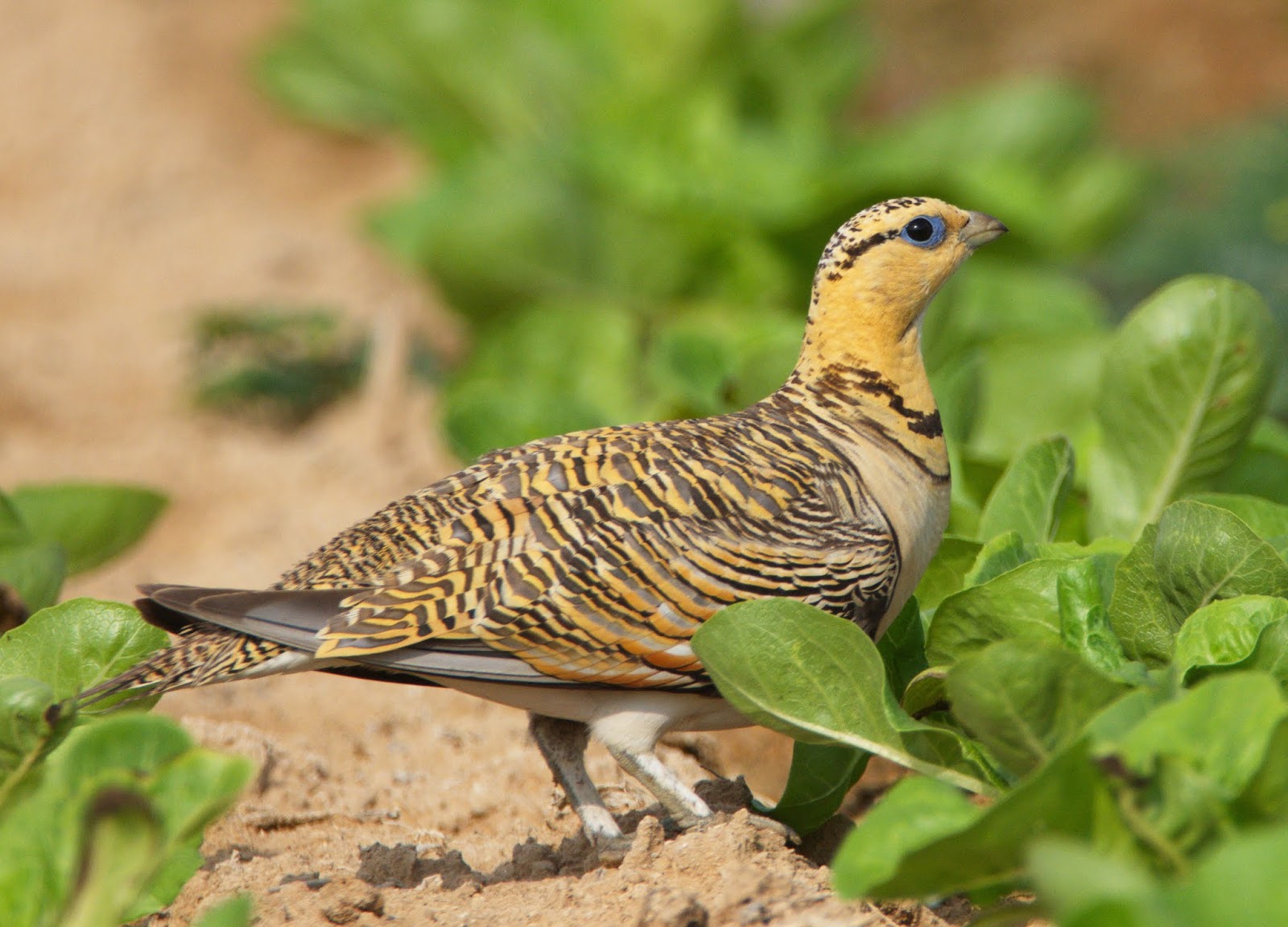

Pin-tailed Sandgrouse are medium-sized birds with unusual plumage that camouflages them in sandy and rocky environments. The species’ long, pointed tail, elaborate brown, yellow, and green feather patterns, and black band across the breast make males stand out. Females are less colorful but have intricately patterned plumage that helps them blend in, especially during nesting.

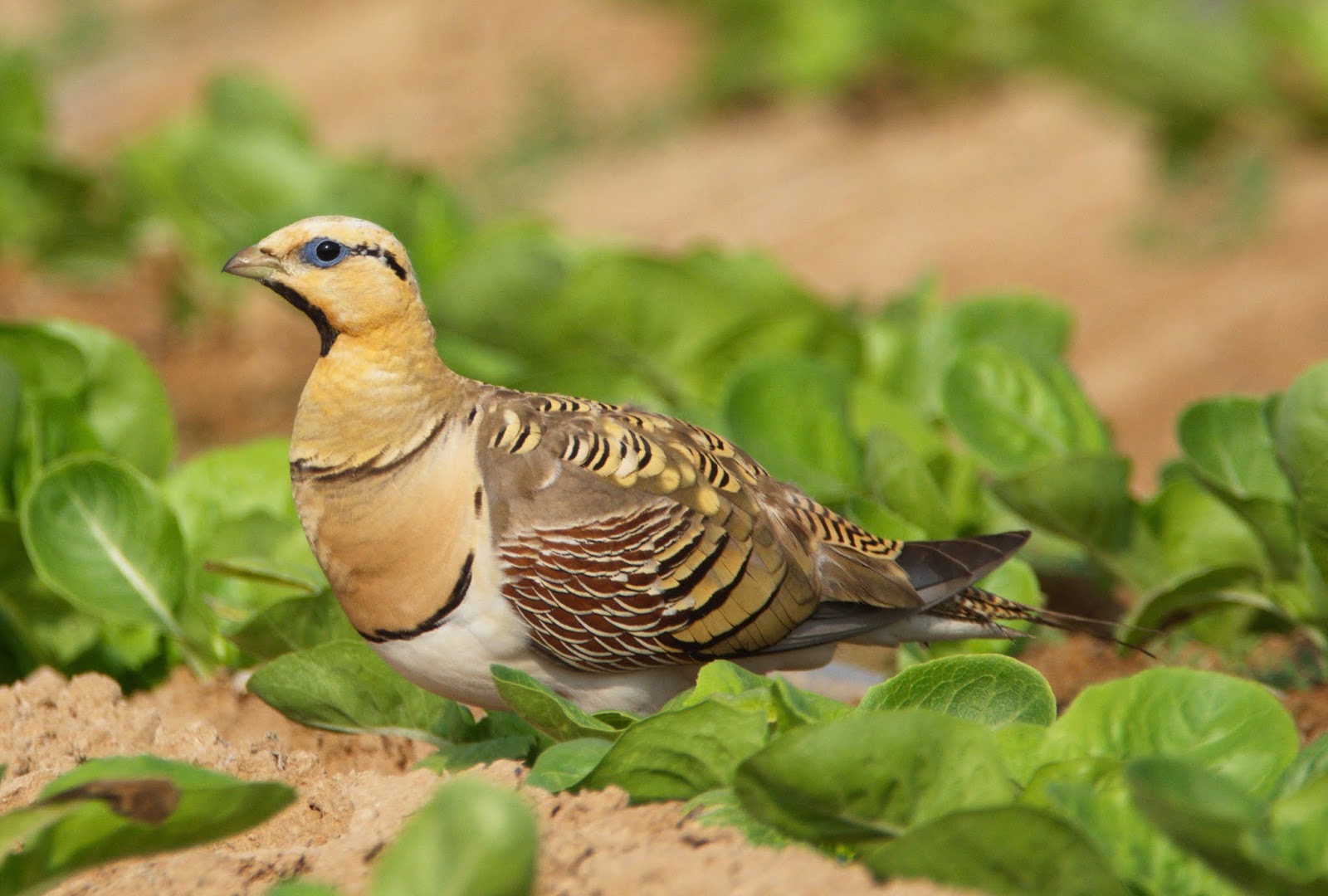
Pin-tailed Sandgrouse can thrive in severe situations with minimal water, which is remarkable. To avoid the heat, these birds fly considerable distances to find water sources at dawn or dusk. Once near the water, they saturate their breast feathers to absorb water and transfer it back to their chicks, a unique adaption that helps them survive severe environments.
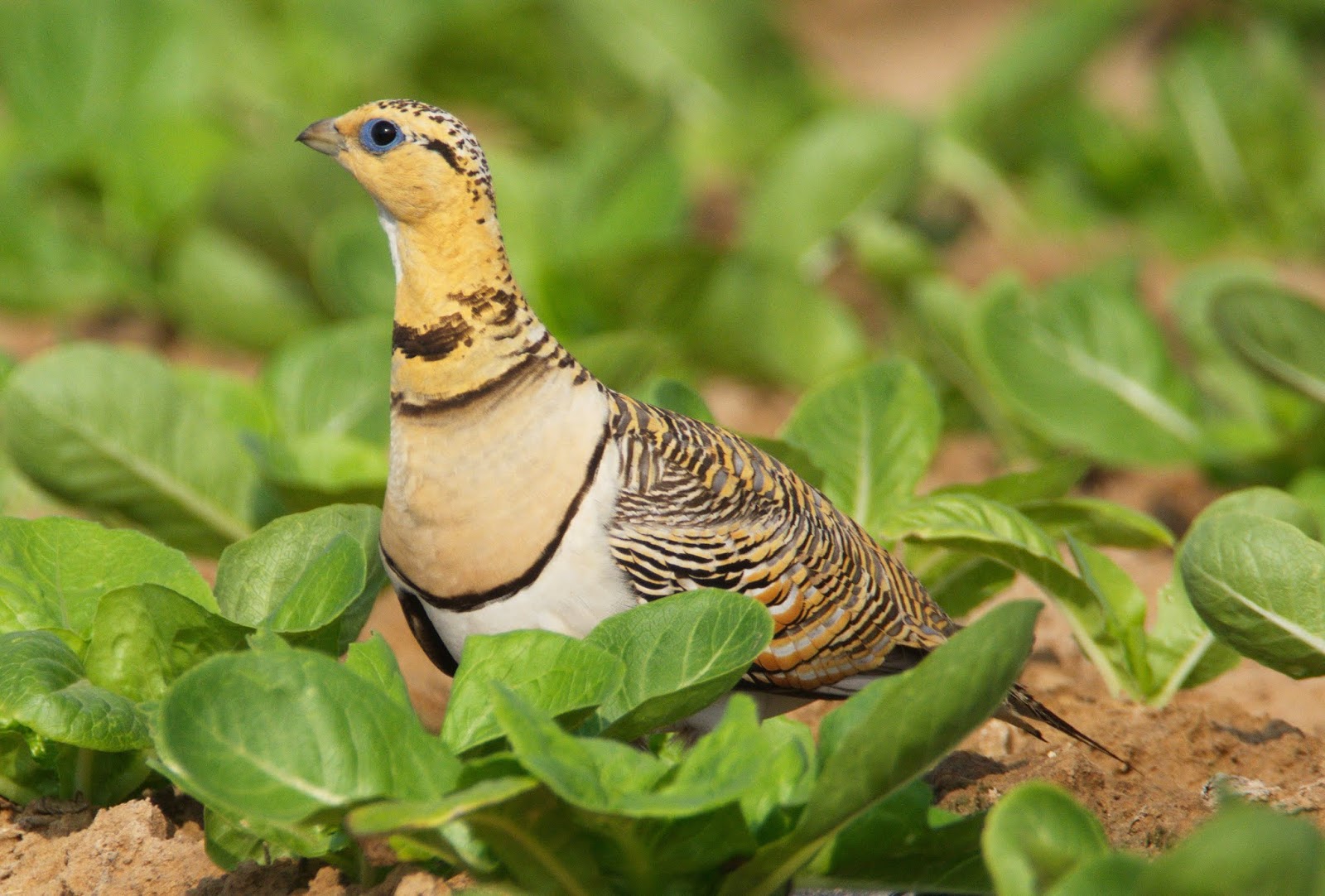
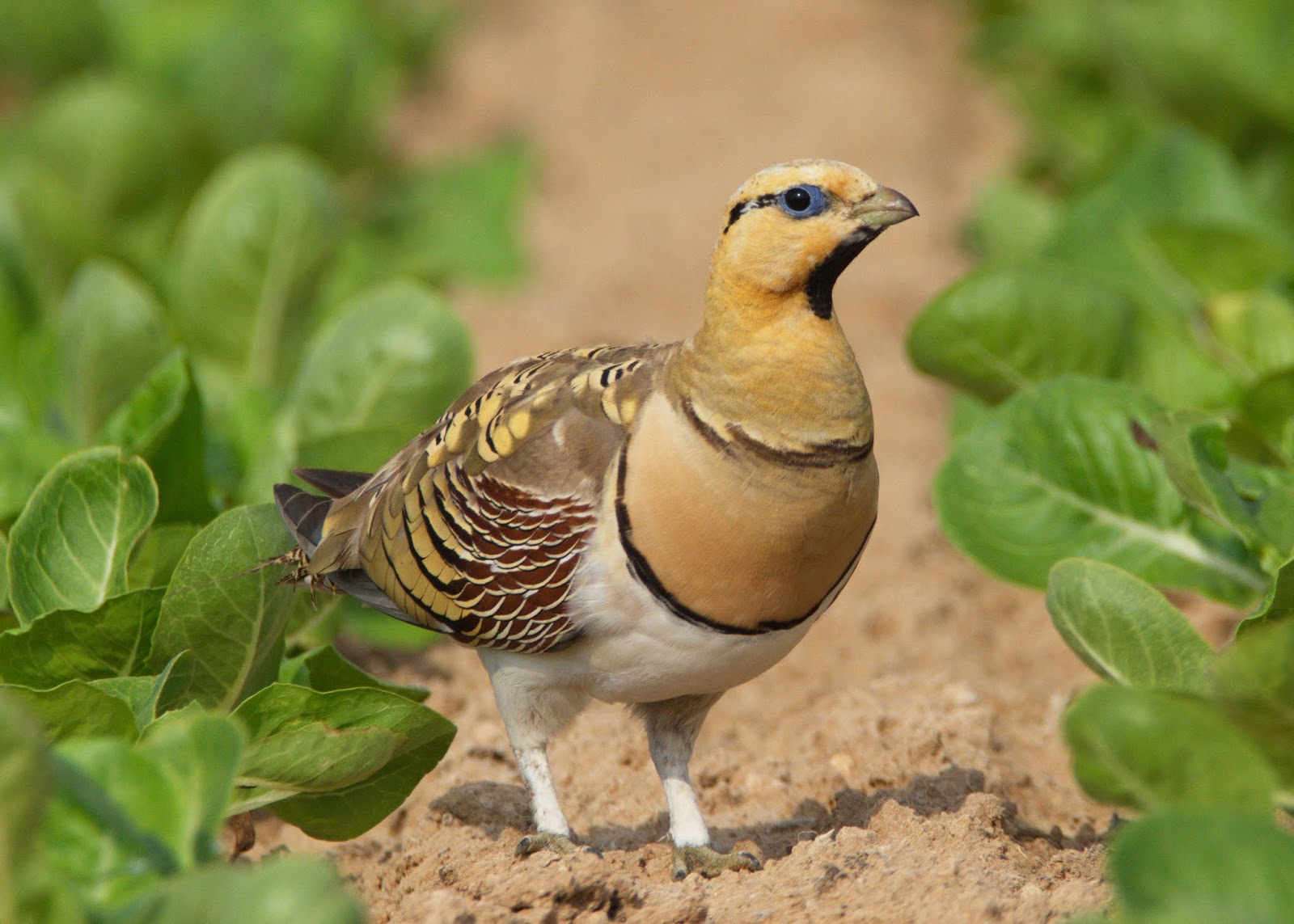
Pin-tailed Sandgrouse browse in open regions for seeds and tiny plants. Diet and water conservation are crucial to their survival in desert areas with scant resources.
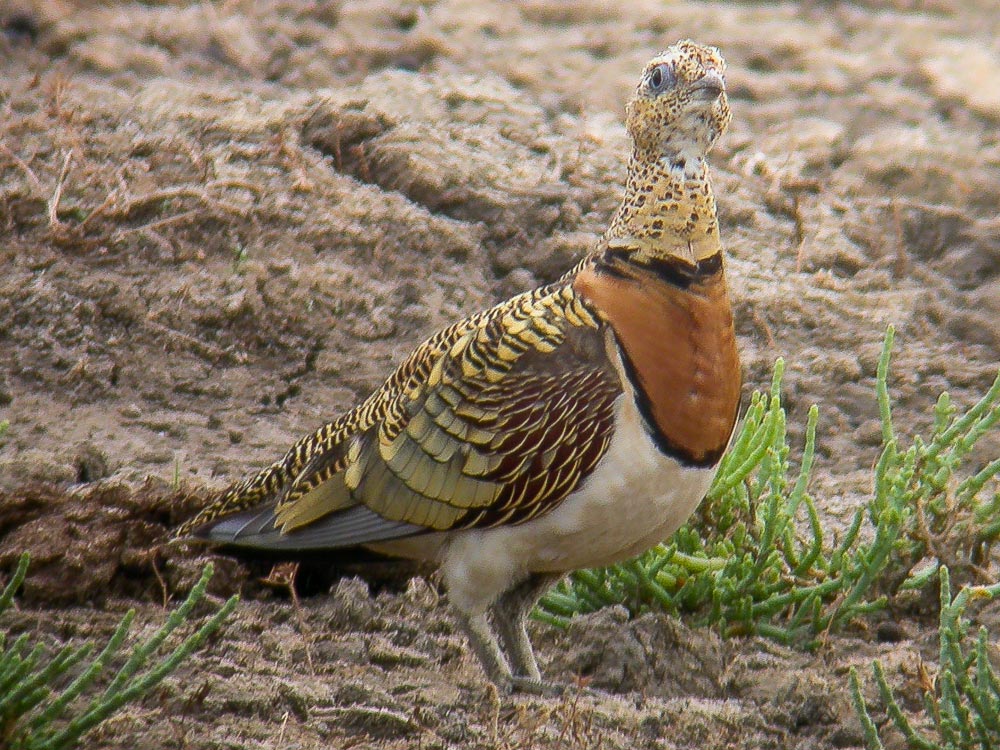
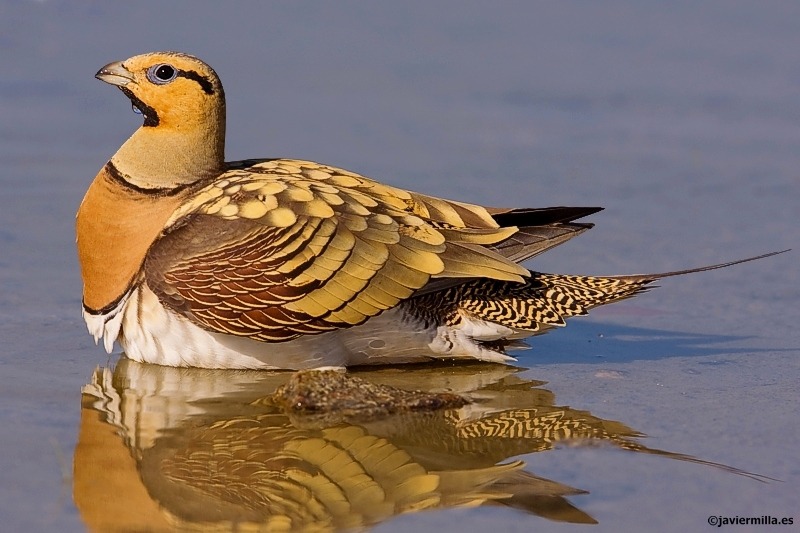
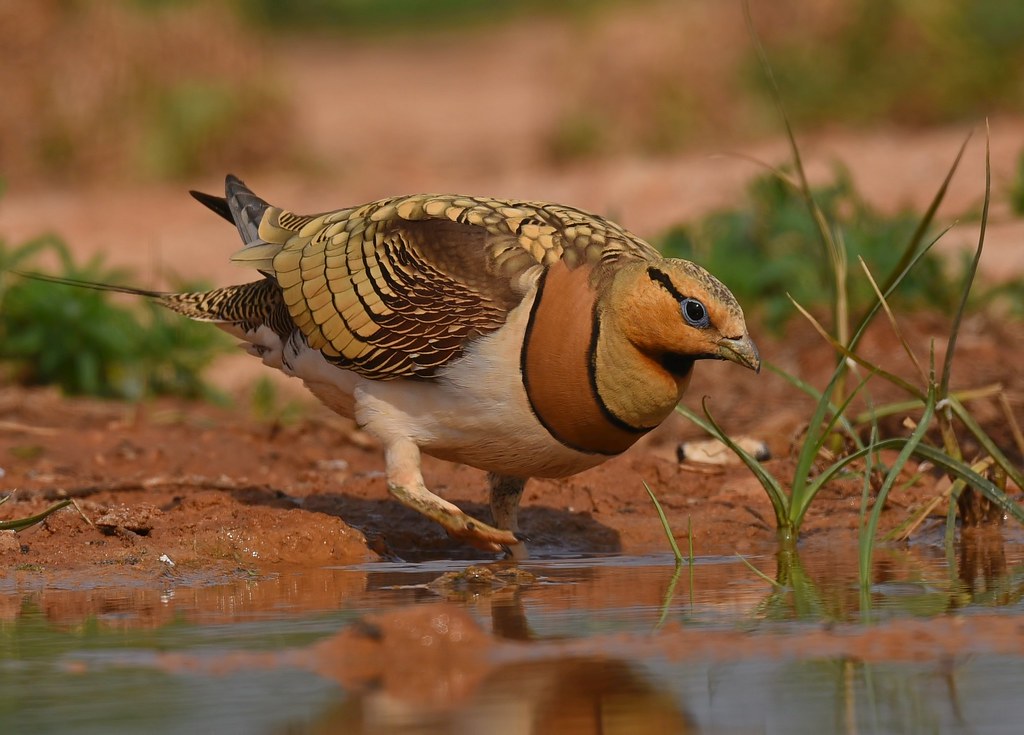
Pin-tailed Sandgrouse are resilient, although agricultural development and land use changes threaten their habitat. These birds need broad, dry habitats, therefore conservation is crucial.
The Pin-tailed Sandgrouse is a fascinating example of bird adaptation and survival due to its gorgeous plumage, incredible water-carrying behavior, and capacity to survive in some of the world’s harshest settings.